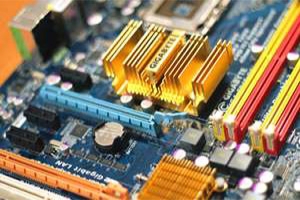
RAM Advancements - From SDR to DDR4 and More
Memory standards have always been a factor determining the performance of a system. Over time, it has gone through constant updates from SDR, or Single Data Rate RAM to the recent DDR or Double Data Rate.
The shift to SRAM and DDR went through constant updates to meet the demand of ultra-modern innovations in a fast pace. The latest progeny of the series DDR4 has captured the market with robust control features and enhanced performance. It also features greater energy economy for enterprise, tablet, microserver and ultra-thin client applications.
Most applications are rolling out the previous version to update with DDR4, as this advanced version offers many advantages over the others. With a data rate of 2GB to 16GB, it enables large capacity subsystems. The DDR4 standard allows for DIMMs of capacity, up to 64GB when compared to a maximum of 16GB per DIMM of DDR3.
Many varieties of DDR4 sockets and modules are available in the market. The Ultra Low Profile (ULP) vertical DIMM sockets are an ideal choice for ultra-thin applications. This helps in convenient memory expansion in desktop PCs, servers, workstations, embedded applications in communications and industrial equipment.
Though DDR4 opens a more substantial avenue which lays the basis for massive technological innovations, it will not stop there, yet. The technology is also leaping to its further advancements. The upcoming DDR5 industry standard which provides even better speed and performance are presently designed for use in graphics cards, game consoles, and high-performance computation.
Click here to know more about memory modules provided by Amphenol ICC.










